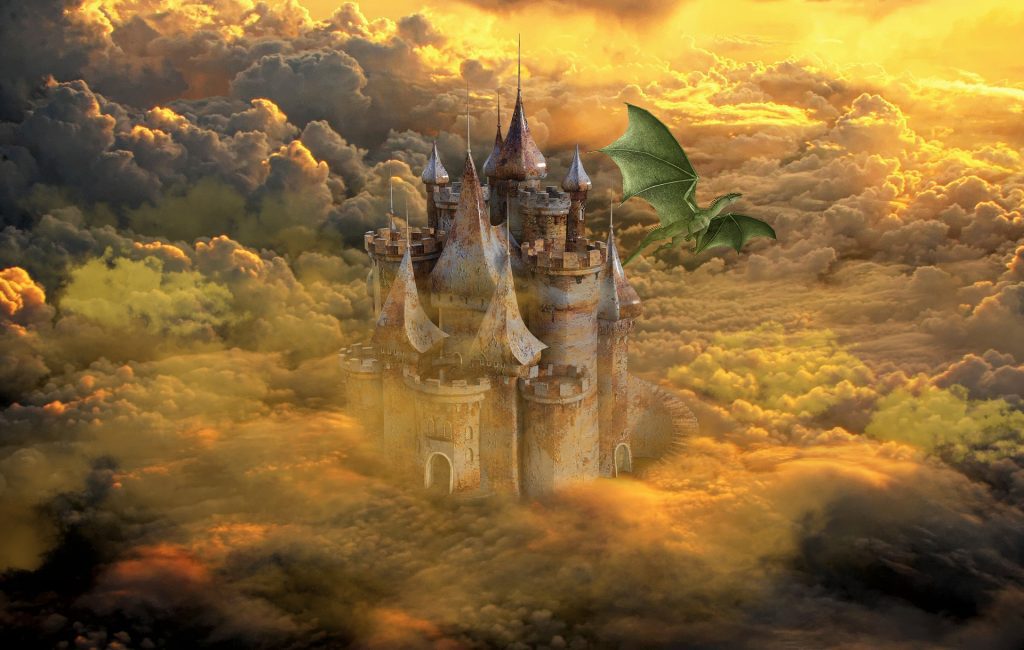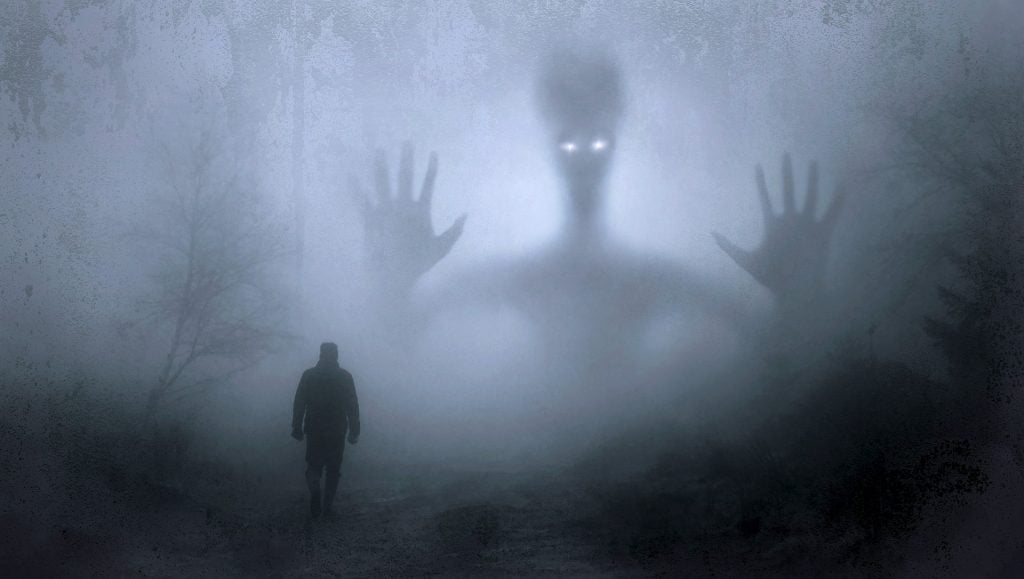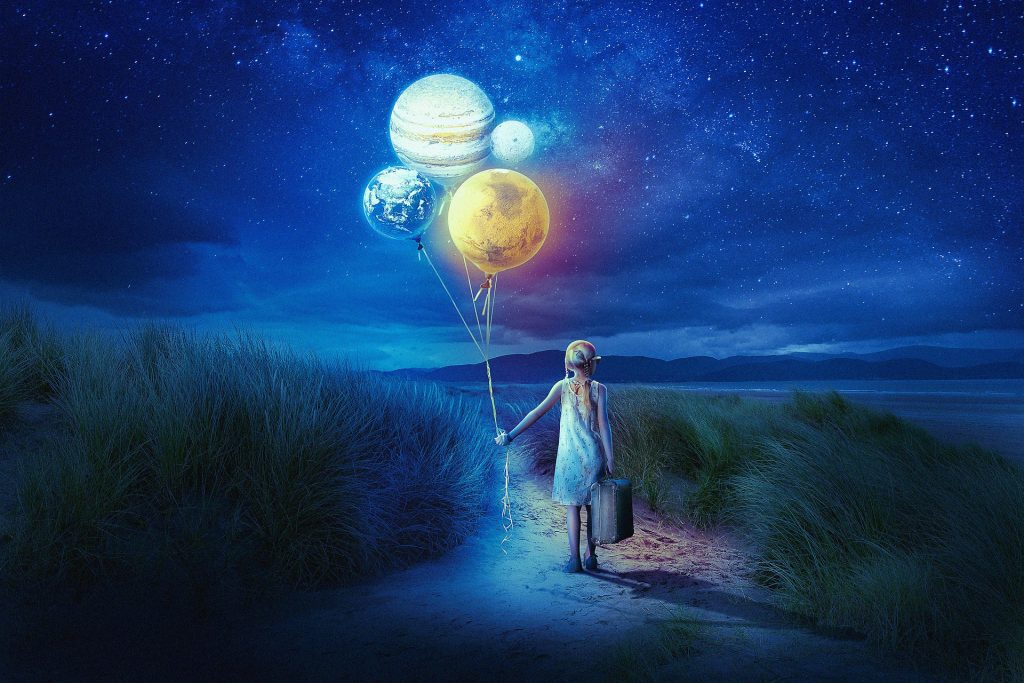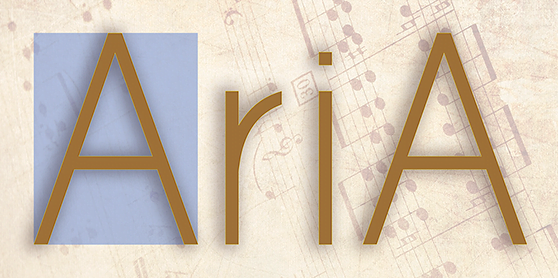Dreams are bound to come true, but to speed up the process, step towards them every day.
The amazing follows us at every turn and you just have to know where to look. People in dreams is one of the mysterious mysteries. Well, let's talk about dreams, especially as the subject is mysterious and never ceases to stir the imagination. Sleep is a fascinating and complex phenomenon that researchers are just beginning to understand. About a third of human life is spent sleeping, and although the need for sleep is obvious, science cannot yet explain the exact purpose of night's rest.

Dreams, dreams and mind games.
What are dreams? Strictly speaking, dreams are subjective images and thoughts, sounds, voices and sensations experienced at a time when all of our body functions are slowing down and some are shutting down altogether. But not the brain, on the contrary, it starts its most active work at that time.
We can dream about people we know and complete strangers, places we know and places we have never seen. Sometimes they are just a reminder of events that happened during the day. At other times, dreams may also evoke our darkest secrets, fears and deepest fantasies. Sigmund Freud believed that dreams were a window into our unconscious, and new research suggests he may have been right. But there are also other competing theories about what dreams are and what their purposes are. In the meantime, a little bit of what's already known the facts.
- You will not be able to read anything in your dream.
If you are not sure whether you are asleep or not, try reading something. The vast majority of people cannot read in their sleep. It's the same with clocks: every time you look at the clock, it will show a different time. - When you sleep...
Until a few years ago, it was thought that people only dream during the so-called REM phase of sleep. But some new research confirms that we also dream during slow-wave sleep (NREM). However, fast sleep is closest to awakening, so you are more likely to remember fast dreams than slow dreams. Each phase of sleep would also correspond to different dreams. For example, during a fast dream, people usually report interactions with 2-3 characters, usually people they know in real life. The NREM phase, on the other hand, may contain more characters, even unknown ones, as in ... a movie. - Painful dreams
Some research suggests that pain enters dreams, crossing the barrier between wakefulness and sleep. Severe pain can cause real nightmares, but a study conducted at a hospital in Montreal, Canada, found that even just a tingling sensation in the leg and a person feels in their sleep, discomfort in their legs. - Memory aid
An experiment conducted by neuroscientist Robert Stickgold of Harvard Medical School has confirmed that those who fall into a dream-filled sleep immediately after reading a book or studying a subject are the best at remembering what they have learned. Than those who, despite falling asleep, do not dream much. This is because during deep sleep, the brain tries to find a connection between what has just been learned and what has already been memorised.

People in dreams. Sleep control
Conscious sleep is defined as sleep in which you are aware that you are dreaming, even if you find it unbelievable and . During this type of sleep, you can control the content of the dream for a maximum of 30 minutes. Conscious dreamers mostly dream about things like flying, walking through walls and time travel.
- Inventive dreams.
Many authors and inventors have claimed that their creations were born of dreams. These include the writer Mary Shelley, who dreamt of Frankenstein, the physicist Nikola Tesla (whose dreams still fascinate mystery fans), Elias Howe, who was inspired by dreams to invent the sewing machine, the scientist Friedrich August Kekule, who discovered the chemical structure of benzene in a dream. And Dmitri Mendeleev, who dreamt of his "table of chemical elements".
- Negative emotions
American researcher Calvin S. Hall collected more than 50,000 dream descriptions from college students over 40 years. These reports were made public in 1990 and showed that we experience many emotions in our dreams, such as - joy, happiness and fear. However, the most common emotion in dreams is anxiety: negative emotions usually trump positive ones. - Universal dreams
Dreams are often influenced by our personal experiences, but researchers have found that some themes are common to all people from all over the planet, for example - stalking, being attacked or falling. Other common dreams are school exams, feeling paralysed, being late, flying and being naked in public. - Premonitions
Are they possible? According to a friend, US President Abraham Lincoln had a dream about his own assassination 10 days earlier. However, some historians are sceptical. According to them, Lincoln himself was overly curious about dreams, which he interpreted as premonitions, and this may have created this amazing legend. legend.





 and then
and then 
